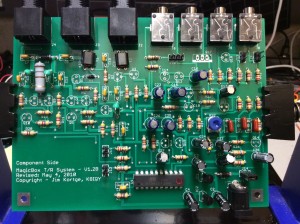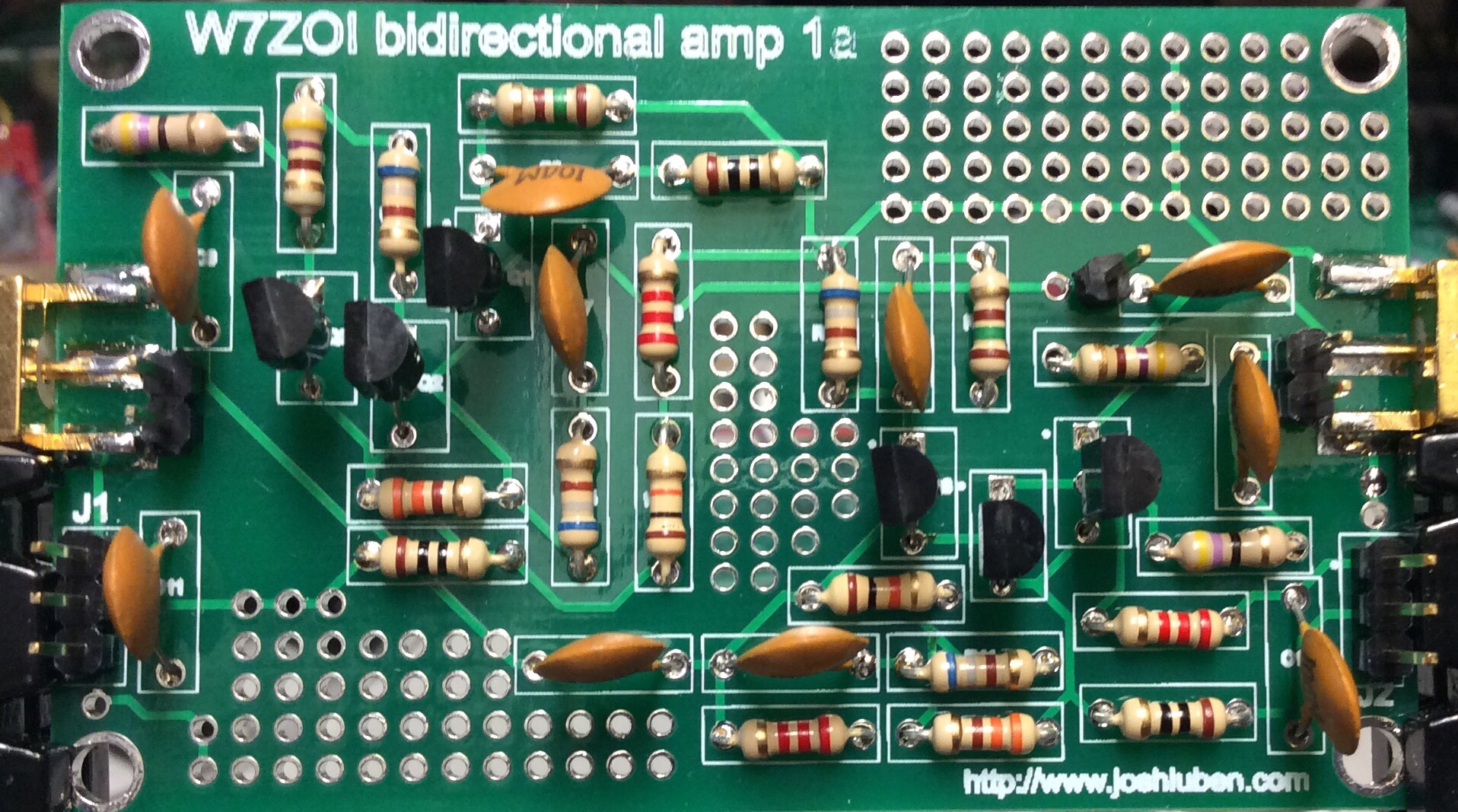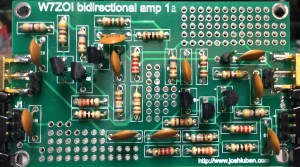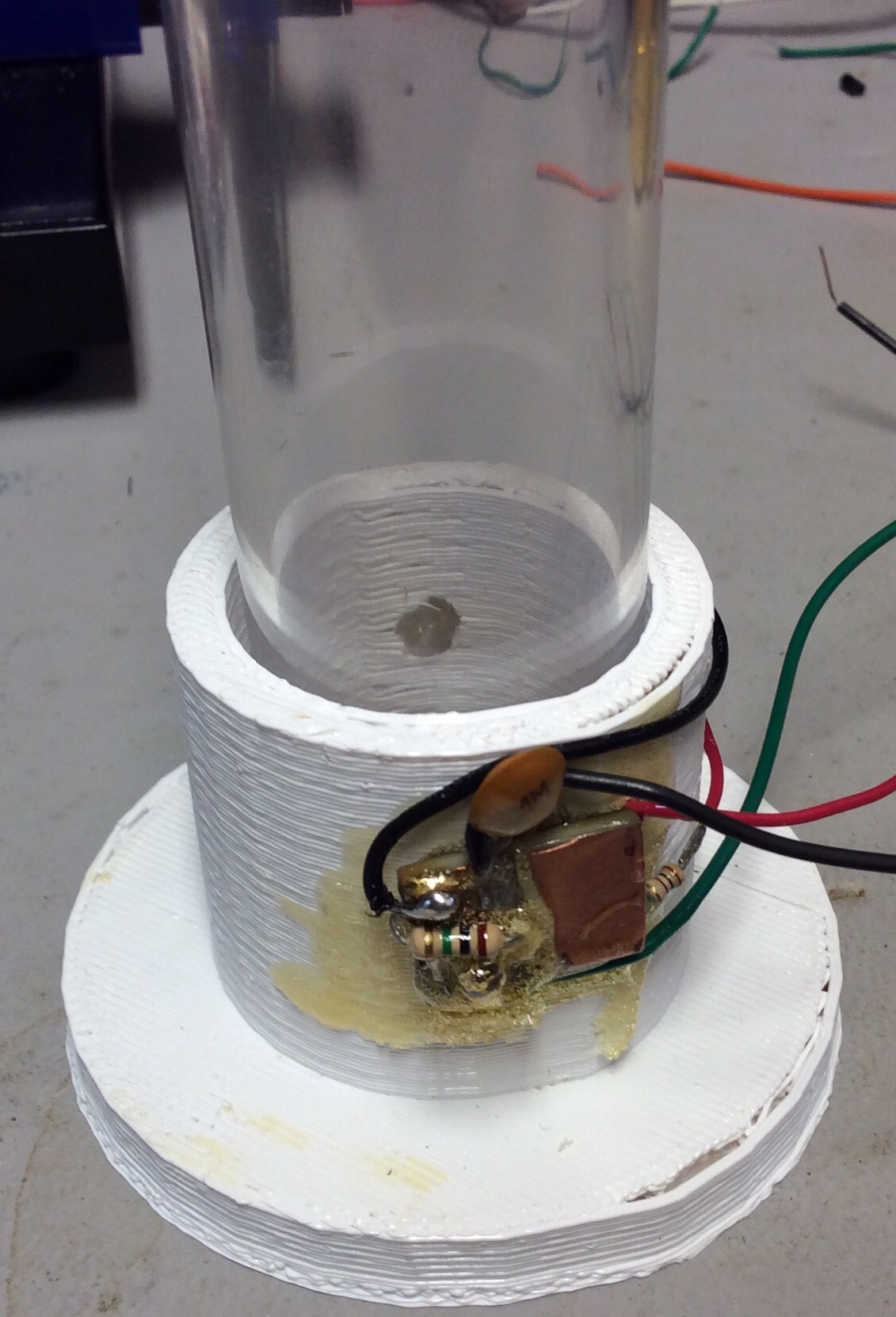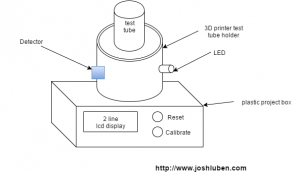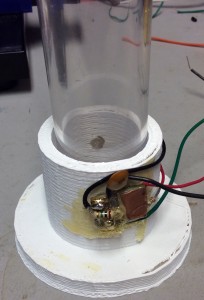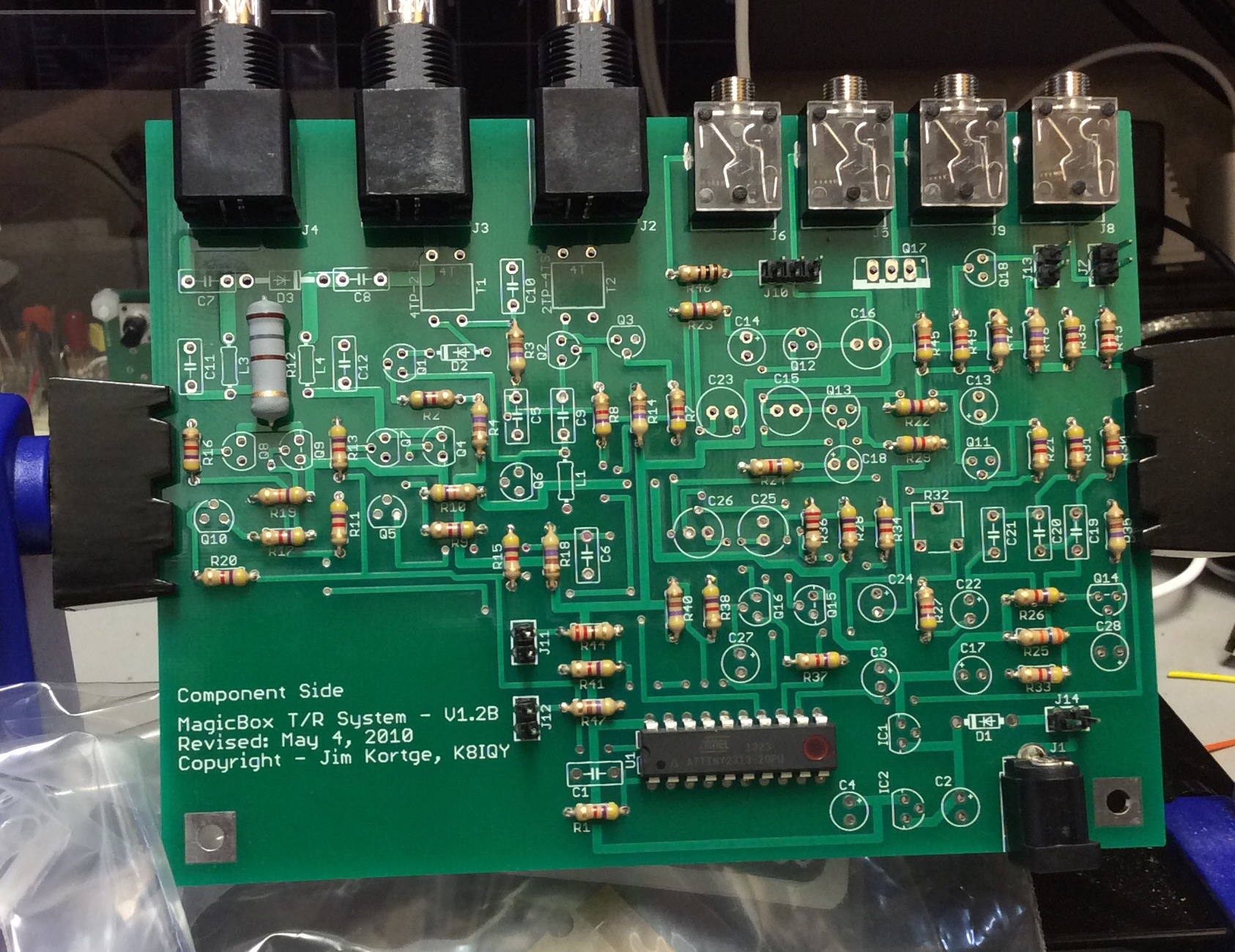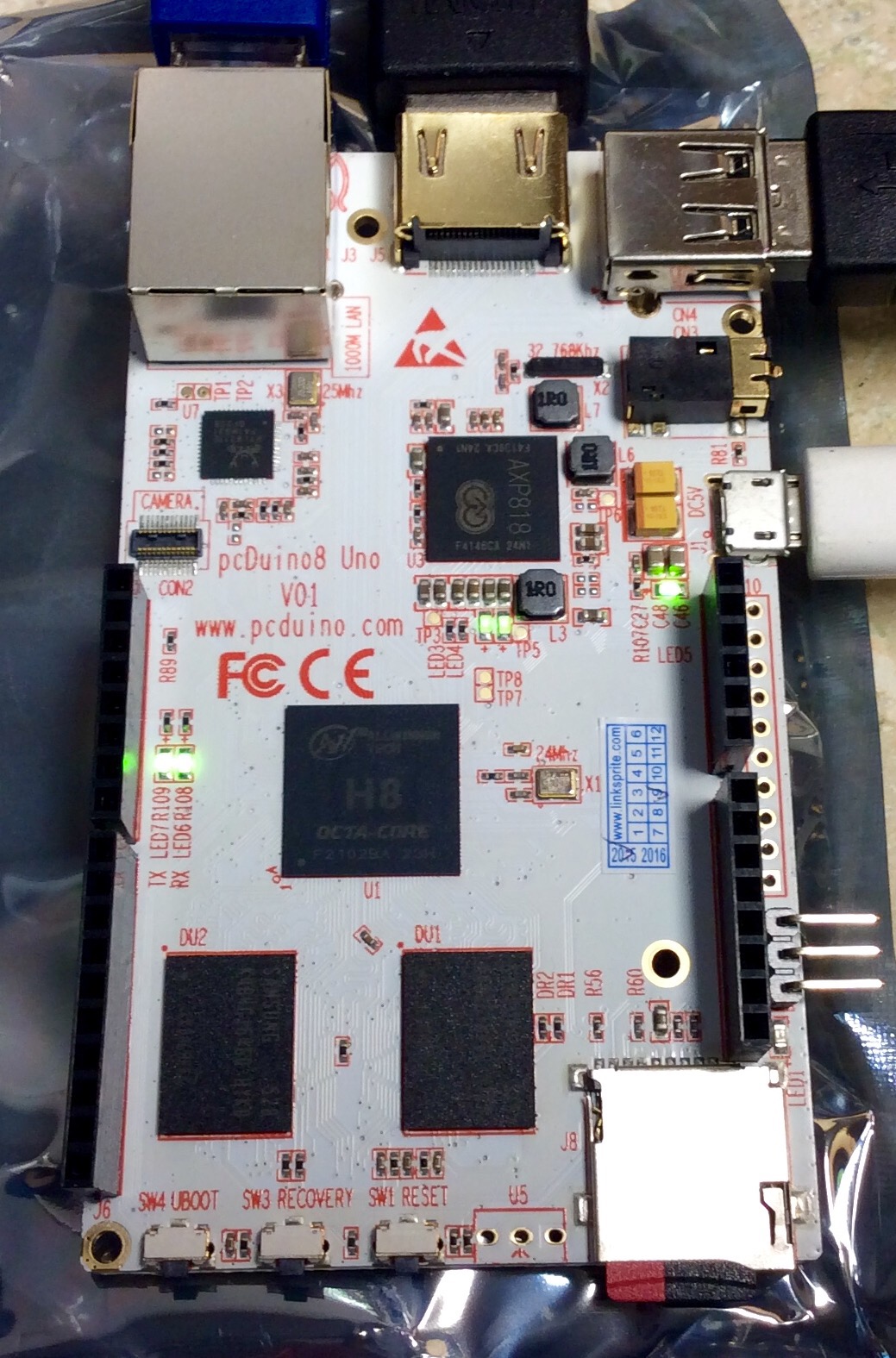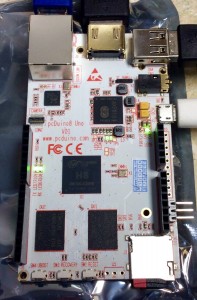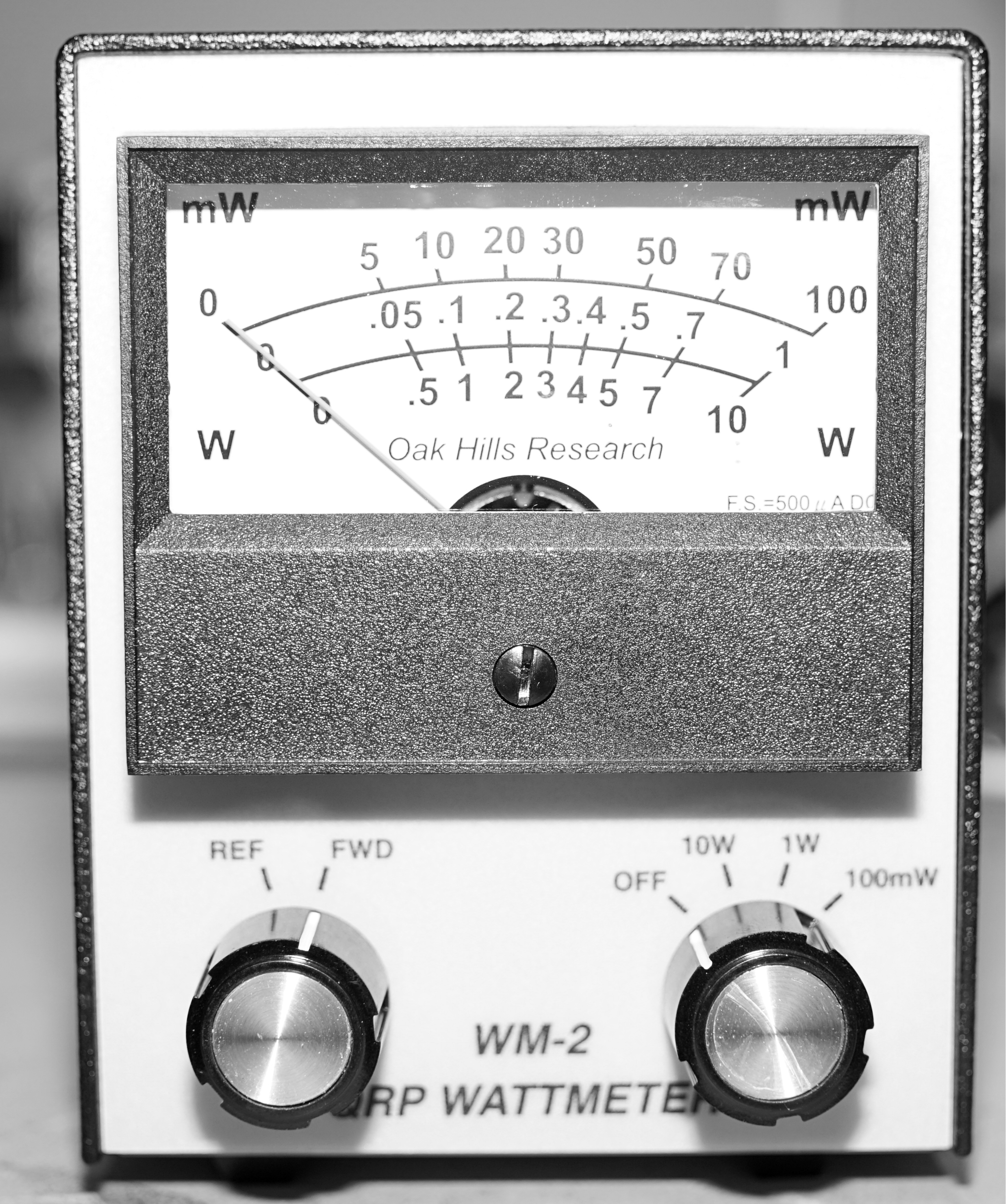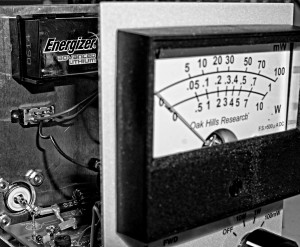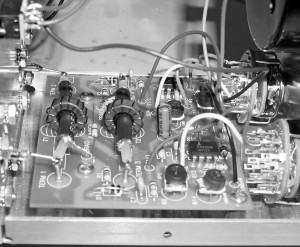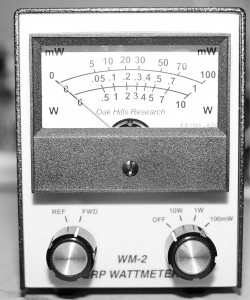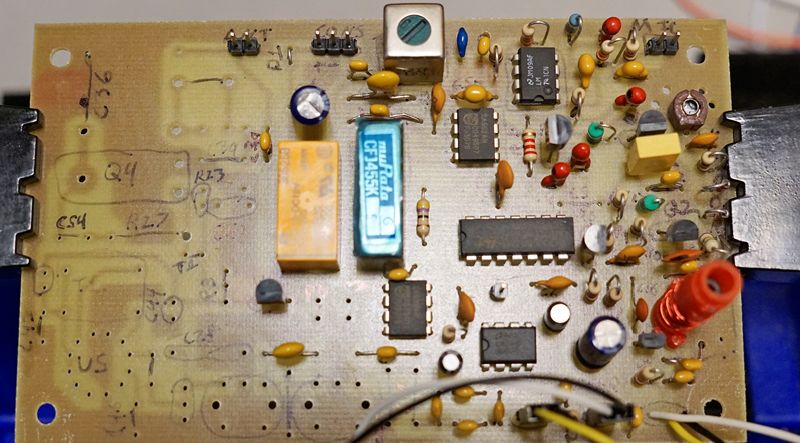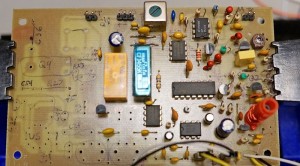My friend Jim Choate told me about his ideas around building an Arduino based barn door star tracker. I decided I could use one of these for some astro-photography out at The Cabin. After checking my parts bins, I found almost all the parts needed to build one. I set out with the goal of building a tracker with the least out of pocket costs.
I am reusing some MDF 3/4 inch board for the base and top. I drilled and tapped a piece of acrylic for the tripod mount on the bottom. This worked surprisingly well. I had to purchase a hinge at Home Depot. This is the largest source of “slop” in my implementation. The hinge is hard to mount such that the bottom and top “door” align when closed. I’m using the other hinge to anchor the stepper motor. I purchased a $13 lead screw off Amazon and a 5mm to 8mm shaft adapter. The camera mount is a ball head adapter for a tripod.
I have not wired this up yet. I’ve ordered a replacement shaft adapter. The one initially purchased has a spiral anti-backlash cut. It flexes dangerously when rotating the lead screw by hand. I predict it will break.




